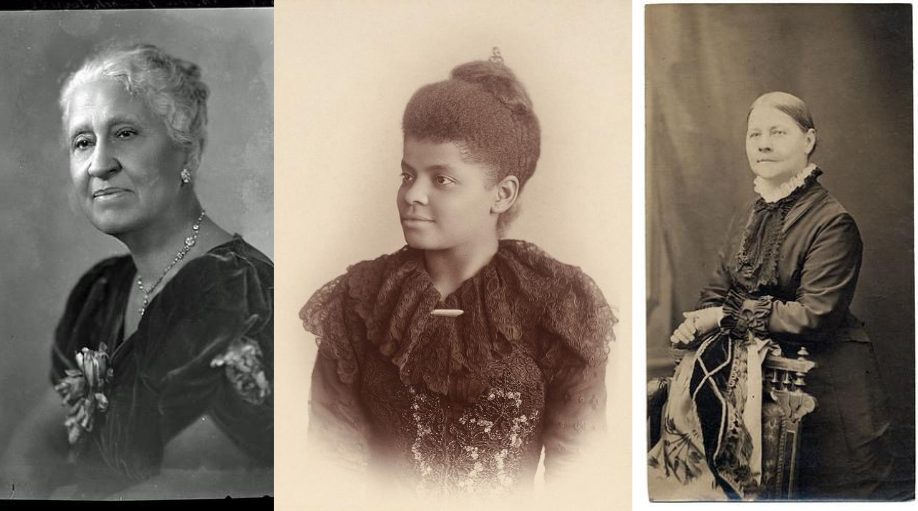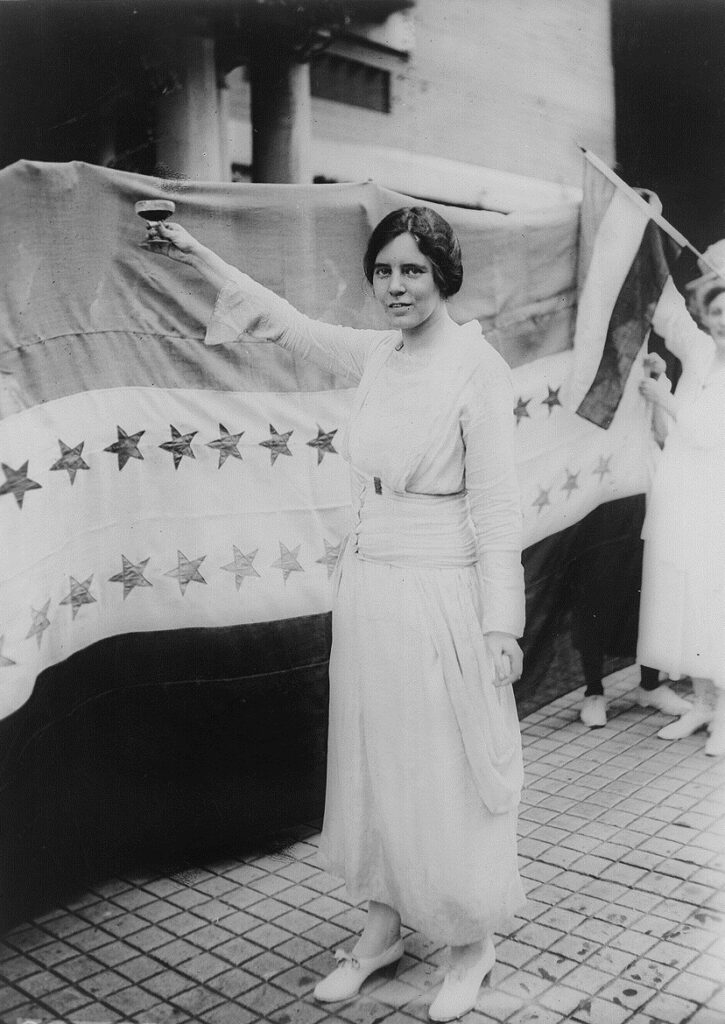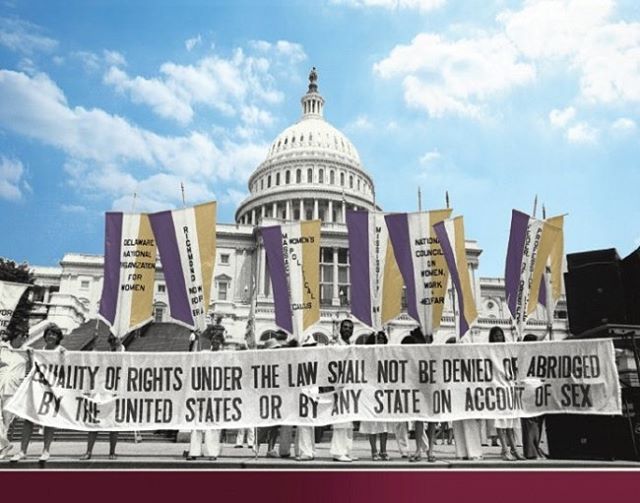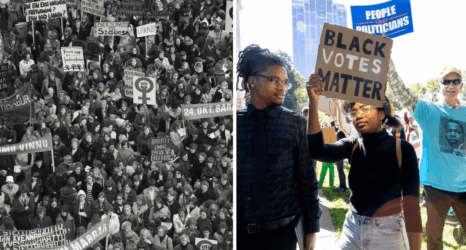At its core, the decades-long movement to secure women’s suffrage represented the fight for a truly representative democracy, built and made for all.
But suffragists were not a single-issue group—what they wanted was true equality for women, and they recognized women’s voting power was only the first step toward realizing this goal.

“To call them suffragists, it sounds like they only wanted one thing,” said Eleanor Smeal, president of the Feminist Majority. “The vote was an important step, but they didn’t believe the vote alone would give women full equality.”
This is why the suffrage movement was closely linked to the larger push for the Equal Rights Amendment (ERA)—a struggle for gender equality that still continues today.
One suffragist who uniquely understood the connection between voting rights and equal rights was Alice Paul. Paul was a crucial activist in the passage of the 19th Amendment, opting for more militant protest tactics—picked up from her friend Lucy Burns, an English suffragist—including picketing and hunger strikes.

But upon the 19th Amendment’s passage, Paul was not satisfied and set her sights on a new constitutional amendment: the ERA, which she authored and introduced in Congress in 1923.
Lawmakers introduced the ERA in every session of Congress since, but made little progress until 1972, when it was approved by Congress and sent to the states in this form:
“Equality of rights under the law shall not be denied or abridged by the United States or by any state on account of sex. The Congress shall have the power to enforce, by appropriate legislation, the provisions of this article.”

However, after a successful opposition campaign—shadow-run by the “insurance industry and other economic interests that stood to lose billions if the ERA passed remarkably successful”—support for the amendment faltered, particularly among Republicans, and the move to enter it into the Constitution fell short by eight states’ votes.
The Future of the ERA
Almost 100 years later, under the leadership of Speaker Nancy Pelosi (D-Calif.), the House of Representatives voted in February to remove the arbitrary time line for the ERA with a bipartisan 232–183 vote.
However, Senate leader Mitch McConnell has said he personally opposes the ERA legislation—so for now, the ERA bill joins the 400 others sitting in the “legislative graveyard” of the Senate.
Outside of Washington, a record-high majority of Americans—83 percent—believe the Equal Rights Amendment (ERA) should be ratified and incorporated into the U.S. Constitution, according to a May survey, the American Bar Association’s (ABA) 2020 Survey of Civic Literacy.
This is a huge jump in public support compared to a 1975 Gallup Poll—during the prime of the movement—that showed only 58 percent of respondents favoring the addition of an ERA.
“Basically, we want to finish this,” said Smeal. “The women’s movement is not giving up until this thing is in the Constitution, period.”
“Reports of the ERA’s Death Have Been Greatly Exaggerated”
Check out Ms. writer Carrie Baker’s six-part series on the ERA, a multi-part series examining the half-century fight to add women to the U.S. Constitution—and a game plan on where we go from here.
Start here:





